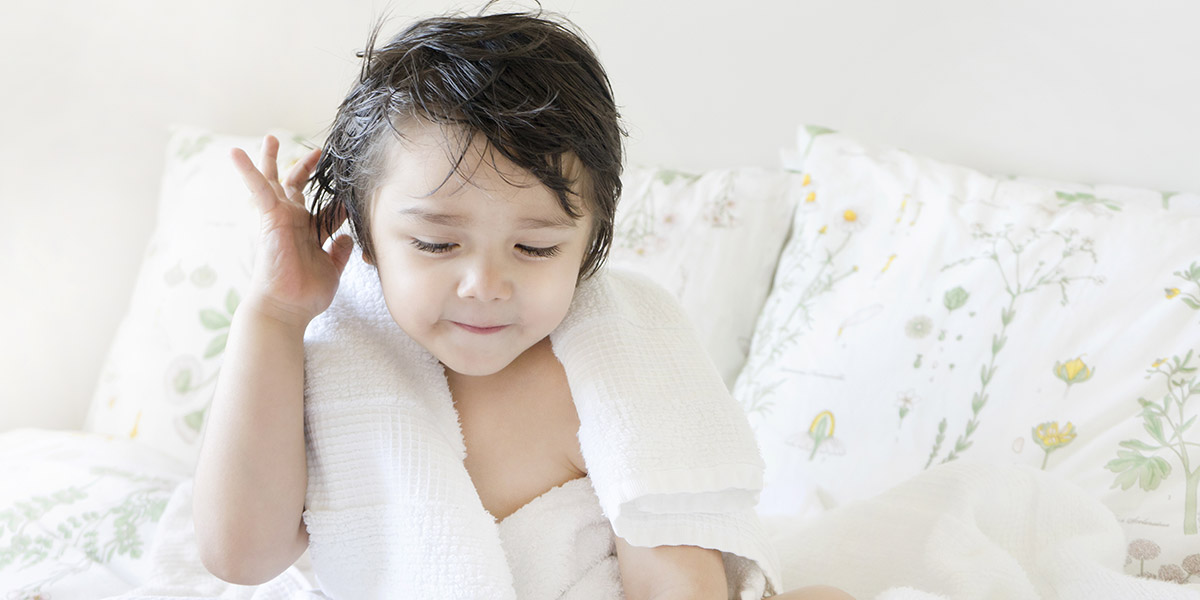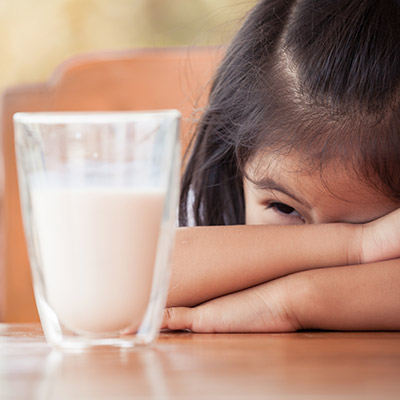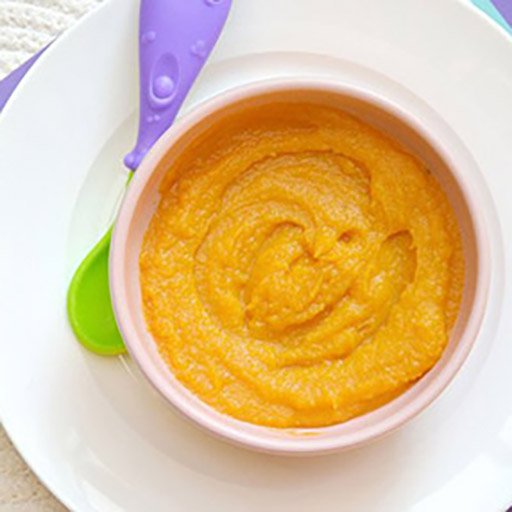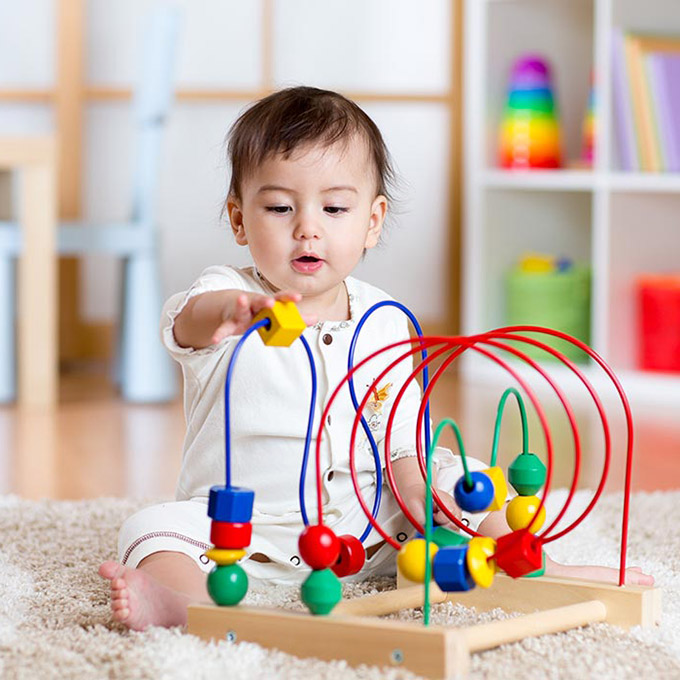
What’s worse than having a Bad hair day? – Head-Lice
When you see your child constantly itching his head in frustration, or feeling tingly often its best you check him up for head lice! The sooner you detect this, the better!
You don’t want your child spreading it around the household or to her other friends at his preschool because the quicker it starts spreading the harder it is to control! But have no worries, Mamas and Papas! Head lice are NOT dangerous and we got your back! Below is the basic information you may need to know about this parasite along with a step by step manual on getting rid of them as quickly as possible!
General Lice knowledge:
Let us first start by breaking the myth which says that head lice comes from bad hygiene! This is not true. Anyone of any age and socioeconomic level can get head lice and it has nothing to do with the number of times you shower a day!
Head lice although can been seen as very small, when searching your child’s head look out for the following:
LICE -> NITS (LICE EGGS need 1- 2 weeks before they hatch) -> NYMPHS (Baby Lice need 1- 2 weeks before they become adult lice)
Lice EGGS: (which are called NITS): these look like tiny yellow tan or brown dots before they hatch. Lice lay them close to the scalp, where the temperature is perfect for keeping warm until they hatch! Nits could be mistaken for dandruff only they can’t be removed by brushing or shaking them off!
Adult Lice or Nymphs are no bigger than a sesame seed and are grayish-white or Tan.
Why does my child itch?
Most lice feed on blood several times a day, with these lice bites comes itching and scratching and this is due to the saliva of the lice and depends on how sensitive your child’s skin is to the lice. For some kids, the irritation is little while for others a more bothersome rash may develop, be careful though excessive scratching could lead to a bacterial infection (your doctor may recommend an oral antibiotic for it).
Are Lice Contagious?
Lice are highly contagious and spread quickly from person to person especially in group settings mostly by head to head contact or by sharing anything which goes around the head (brush, bed linens, hats, scarves etc.)
Step by Step Treatment & Procedures:
- Your doctor can recommend a medicated shampoo or lotion to kill the lice (over the counter prescriptions). These treatments usually kill the lice and nits.
- During the application of these treatments, it is recommended to brush your child’s hair with the head lice comb. This comb can trap even the smallest lice.
- It is recommended to repeat the treatment in 7 to 10 days to kill any newly hatched nits.
Note: head Lice do not live long once they fall off a person so you don’t need to worry a lot about riding the house of lice.
But to prevent re-infestation the following is recommended: - Wash All bed linens and clothing that has been recently worn by anyone in your home who’s infested in very hot water (54oC) then put them in the hot cycle of the dryer for at least 20 minutes.
- Vacuum carpets, furniture, car furniture and throw away vacuum bag.
- Soak ALL hair items in alcohol or medicated shampoo for 1 hour or wash them with hot water.7
- It is advised that all siblings and family members do the treatment to avoid the lice from coming back! (In case anyone got it by unknown contact).
It is very important to note that cases of lice which occur with children 2 years and under should not be treated with the medicated shampoos and should only use hand methods, using the lice comb and brushing them off their hair every 3 to 4 days for 2 weeks after the last live lice was seen.
Have you experienced or are currently experiencing any trouble with lice? Let us know what questions you may have.




